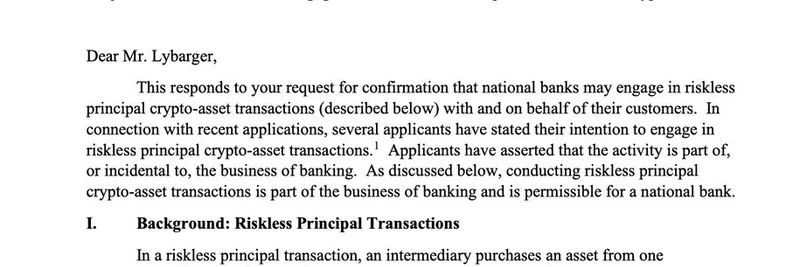In the fast-paced world of blockchain, Solana is gearing up for a major upgrade with the Alpenglow consensus protocol, specifically through the SIMD-326 proposal. As someone who's been deep in the crypto trenches, first at CoinDesk and now helping curate knowledge at Meme Insider, I wanted to break this down for our community—especially those trading and launching meme tokens on Solana. This isn't just tech jargon; it could make your transactions faster, cheaper, and more secure.
Let's start with the basics. The thread from Laine at SOL Strategies (@laine_sa_) dives into a recent ad-hoc call with experts Tim Garcia and Roger Wattenhofer about SIMD-326. They're essentially voting on Votor, one key part of Alpenglow, which aims to overhaul Solana's current consensus mechanism.
Understanding the Current Setup: TowerBFT
Right now, Solana uses something called TowerBFT for consensus. Validators—those nodes that keep the network running—vote on blocks using on-chain transactions. When a block gets a supermajority of votes, it's confirmed, and after 31 more blocks, it's finalized. Sounds straightforward, but there are hitches.
Validators pay about 1.9-2 SOL per epoch in transaction fees for these votes. Plus, there are issues with fork resolution and vote timing that can encourage shady behavior. For instance, before Timely Vote Credits, validators could delay votes to pick the "winning" fork. Now, they need to vote within two slots for max credits, which helps. But leaders could still censor votes, messing with others' rewards.
How Alpenglow's Votor Changes the Game
Alpenglow flips the script. With Votor, votes go off-chain, meaning no more on-chain transaction fees for voting. Consensus happens in two paths:
- Fast Path: 80% of stake votes yes in one round, leading to quick finality.
- Slow Path: 60% in two successive rounds.
The cool part? Rounds are based on network latency, not slot times, so finality can happen in under one block. This boosts fault tolerance—tolerating up to 20% malicious and 20% crashed stake, needing just 60% active stake to finalize.
To keep things verifiable, certificates aggregating votes get recorded on-chain. It's a big leap, detailed in a 52-page whitepaper that's worth a skim if you're into the nitty-gritty.
For meme token enthusiasts, this means potentially faster confirmations and lower costs overall. Solana's already known for its speed and cheap fees, which have fueled the meme coin boom. Upgrades like this could solidify its edge over competitors, making it even more attractive for viral launches and high-volume trading.
SOL Strategies' Take and Community Resources
Laine and the SOL Strategies team are all in. Despite some questions about incentives for good behavior, they see Alpenglow as a huge advancement for Solana and blockchain tech broadly. They've been following this for a while and are voting YES on SIMD-326.
Want to dive deeper? Check out the ad-hoc call on YouTube here, the governance proposal on the Solana forum here, and the full whitepaper on GitHub here.
At Meme Insider, we're all about keeping you ahead in the meme token space. Upgrades like Alpenglow could reduce downtime risks and improve reliability, which is crucial when a hot meme is pumping. Stay tuned for more breakdowns on how tech shifts impact your portfolio. What do you think—bullish on Solana's future? Drop your thoughts below!



